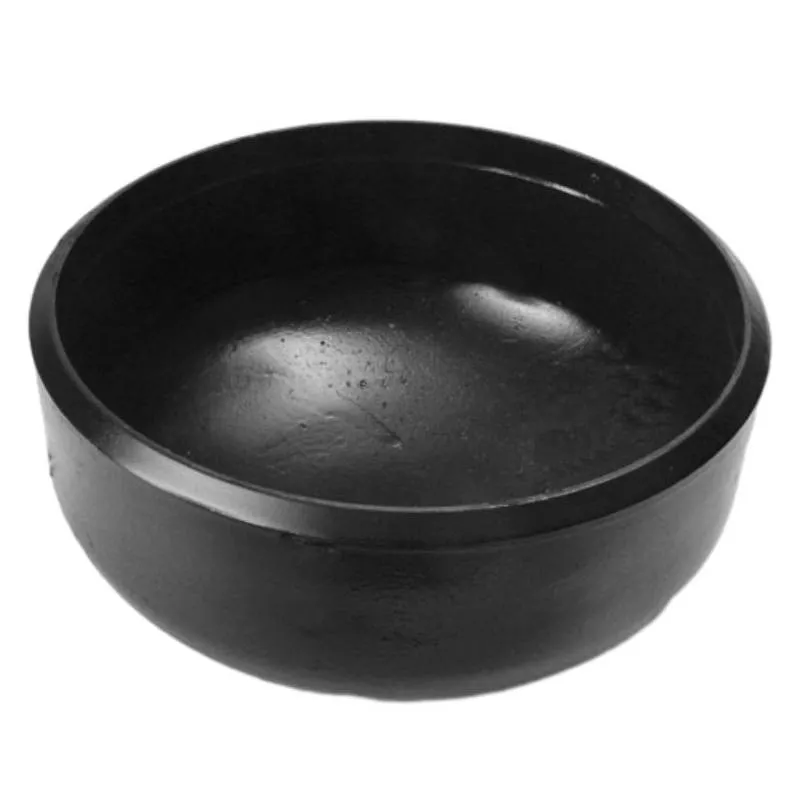-
Cangzhou Yulong Steel Co., Ltd.
-
Phone:
+86 13303177267 -
Email:
admin@ylsteelfittings.com
- English
- Arabic
- Italian
- Spanish
- Portuguese
- German
- kazakh
- Persian
- Greek
- French
- Russian
- Polish
- Thai
- Indonesian
- Vietnamese
- Zulu
- Korean
- Uzbek
- Hindi
- Serbian
- Malay
- Ukrainian
- Gujarati
- Haitian Creole
- hausa
- hawaiian
- Hebrew
- Miao
- Hungarian
- Icelandic
- igbo
- irish
- Japanese
- Javanese
- Kannada
- Khmer
- Rwandese
- Afrikaans
- Albanian
- Amharic
- Armenian
- Azerbaijani
- Basque
- Belarusian
- Bengali
- Bosnian
- Bulgarian
- Catalan
- Cebuano
- China
- China (Taiwan)
- Corsican
- Croatian
- Czech
- Danish
- Esperanto
- Estonian
- Finnish
- Frisian
- Galician
- Georgian
- Kurdish
- Kyrgyz
- Lao
- Latin
- Latvian
- Lithuanian
- Luxembourgish
- Macedonian
- Malgashi
- Malayalam
- Maltese
- Maori
- Marathi
- Mongolian
- Myanmar
- Nepali
- Norwegian
- Norwegian
- Occitan
- Pashto
- Dutch
- Punjabi
- Romanian
- Samoan
- Scottish Gaelic
- Sesotho
- Shona
- Sindhi
- Sinhala
- Slovak
- Slovenian
- Somali
- Sundanese
- Swahili
- Swedish
- Tagalog
- Tajik
- Tamil
- Tatar
- Telugu
- Turkish
- Turkmen
- Urdu
- Uighur
- Welsh
- Bantu
- Yiddish
- Yoruba

Nov . 14, 2024 22:19 Back to list
ansi 150 flange
Understanding ANSI 150 Flange A Comprehensive Overview
Flanges are essential components in piping systems, used to connect pipes, valves, pumps, and other equipment to create a secure and leak-proof configuration. Among the various standards for flanges, ANSI 150 flanges are widely used and recognized in various industries, including chemical processing, oil and gas, water treatment, and power generation. This article will delve into what ANSI 150 flanges are, their specifications, applications, and benefits.
What is ANSI 150 Flange?
The term ANSI stands for the American National Standards Institute, which establishes standards for numerous products, including flanges. The designation 150 refers to the pressure rating of the flange. ANSI 150 flanges are designed to handle a maximum pressure of 150 pounds per square inch (psi) at a specific temperature. They are made to fit with pipes and other components that meet the same ANSI standards, ensuring compatibility and reliability in various applications.
Specifications of ANSI 150 Flanges
ANSI 150 flanges are characterized by several specifications, including material, dimensions, pressure-temperature ratings, and bolt sizes.
1. Material ANSI 150 flanges are typically manufactured from materials such as carbon steel, stainless steel, or other alloys. The choice of material depends on the fluid in the system, the operating environment, and corrosion resistance requirements.
2. Dimensions The dimensions of ANSI 150 flanges are standardized and include options for different sizes (from 1/2 inch to more than 24 inches in diameter). The flange thickness also varies depending on the size and pressure rating.
3. Pressure-Temperature Ratings ANSI 150 flanges can handle a maximum pressure of 150 psi at ambient temperatures. However, as the temperature increases, the pressure rating decreases. For instance, at 100°F, the allowable pressure is 150 psi, but this rating diminishes as the temperature rises; therefore, it is crucial to consult charts that specify pressure-temperature ratings for accurate applications.
4. Bolt Sizes and Patterns The bolt sizes and the number of bolt holes on ANSI 150 flanges comply with ANSI B16.5 standards, which helps ensure proper installation and leak prevention. These flanges typically feature a raised face to enhance sealing capability when connected to counterpart flanges.
Applications of ANSI 150 Flanges
ANSI 150 flanges are highly versatile and find applications across a multitude of industries. Some of the common uses include
ansi 150 flange

- Oil and Gas Industry They are widely used for connecting pipes and equipment in drilling, refining, and transporting oil and gas products.
- Water and Wastewater Treatment ANSI 150 flanges are utilized in piping systems for both potable and wastewater treatments, where secure connections are crucial for safety and efficiency.
- Chemical Processing They serve as critical components in chemical plants where various substances are processed, requiring robust and durable connections resistant to harsh chemicals.
- Power Generation In power plants, these flanges are used in steam systems and cooling water pipelines where high reliability is essential for operational efficiency.
Benefits of ANSI 150 Flanges
The use of ANSI 150 flanges offers several advantages
1. Standardization The ANSI standards ensure consistency in manufacturing, making it easier to obtain compatible parts and replacements.
2. Ease of Installation The design of ANSI 150 flanges allows for straightforward installation, typically requiring no special equipment beyond standard tools.
3. Leak Prevention The raised face design and proper sealing techniques help minimize the risk of leaks, which is crucial for maintaining system integrity.
4. Cost-Effectiveness ANSI 150 flanges are generally affordable and available in various materials, enabling users to select options that meet their budgetary constraints while ensuring performance.
Conclusion
In summary, ANSI 150 flanges represent a crucial component in the world of piping and instrumentation. Their standardized design, coupled with high versatility and reliability, makes them an essential choice for numerous industries. Understanding their specifications and applications enables engineers and technicians to implement effective and efficient piping solutions, contributing to the overall success and safety of industrial operations.
Latest news
-
ANSI 150P SS304 SO FLANGE
NewsFeb.14,2025
-
ASTM A333GR6 STEEL PIPE
NewsJan.20,2025
-
ANSI B16.5 WELDING NECK FLANGE
NewsJan.15,2026
-
ANSI B16.5 SLIP-ON FLANGE
NewsApr.19,2024
-
SABS 1123 FLANGE
NewsJan.15,2025
-
DIN86044 PLATE FLANGE
NewsApr.19,2024
-
DIN2527 BLIND FLANGE
NewsApr.12,2024
-
JIS B2311 Butt-Welding Fittings LR/SR 45°/90° /180°Seamless/Weld
NewsApr.23,2024











